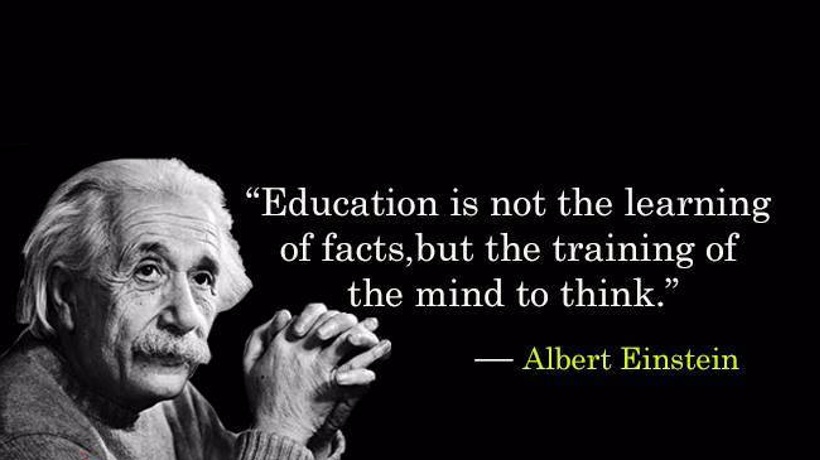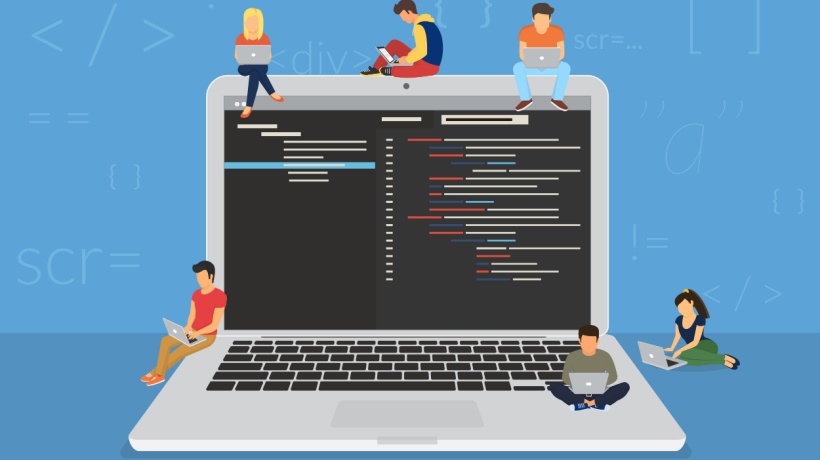How Does Multidisciplinary Learning Affect Learning Outcomes?
Multidisciplinary learning is the perfect educational method for those who like to combine all the subjects they need to learn with those they actually enjoy learning. Basically, it's all about mixing different skills and areas of knowledge for a more complete learning experience. Think of it as stepping out of your comfort zone and exploring new ideas that may be useful in the future. For example, students can learn about astronomy through art, or history through literature. Multidisciplinary learning is especially useful nowadays as our world is constantly changing and is full of diversity. From ideas to cultures, people need to be well aware of what's around them. That can only be achieved through a more holistic approach to learning. Let's explore why this approach is so beneficial for education and how you can implement it successfully.
6 Benefits Of Multidisciplinary Learning In Education
1. Enhanced Critical Thinking
Since students learn lots of subjects and concepts when engaging in multidisciplinary learning, it's like a constant brainstorm. They need to learn about different viewpoints and thus find new ways to problem-solve. That's what people do with every subject in class, even without realizing it. For example, you're learning math by applying theory to practice, and literature by interpreting what you read and relating it to the real world. This sharpens your students' critical thinking skills and allows them to take important information from every subject. So, when they're faced with a problem, they'll combine all their knowledge and come up with a unique solution.
2. Improved Adaptability
Studying different subjects all at once elevates your learning process by training your brain to adjust effortlessly. Students transition easily between different courses, which makes them more adaptable generally. This way, they're able to pick up different skills and acquire all kinds of knowledge, something that's extremely useful in competitive and fast-paced work environments. For instance, if someone has experienced multidisciplinary learning at school and is asked to learn new skills for their current role or switch to a completely different one, they'll be easily able to do so.
3. Boosted Creativity And Innovation
When students step out of their comfort zone and explore new fields of study, it sparks their inspiration and creativity. Dealing with multiple subjects allows them to make connections between different concepts and come up with unique ideas. Let's say someone needs to solve a math problem, but they also love art. An innovative way to solve it would be to try to visualize it. After all, creativity thrives on diversity. When you're mixing different perspectives and theories, you can get fresh ideas that you can turn into creative projects.
4. Engagement And Motivation
Engaged students enjoy a completely different learning experience from unmotivated ones. They're eager to learn and try their best to achieve their goals, participate in class, and are willing to explore new things. This is the exact essence of multidisciplinary learning. It allows students to add elements from subjects they love to topics they may find dull. Let's say someone hates chemistry but needs to pass the lesson. In that case, they can leverage something they enjoy, like art or graphic design, to try to grasp complex concepts and make them more relatable.
5. Fostering Cultural Awareness
Multidisciplinary learning goes beyond academic skills. It also enhances soft skills, like cultural awareness. As students explore different topics and diverse opinions, they become more empathetic to others' points of view and can understand different cultures better. Plus, these programs can connect students from all over the world. This way, through collaborative projects and discussions, they can exchange opinions and explore their peers' favorite subjects. Soon, they'll be able to expand their knowledge and expose themselves to different cultures, traditions, and even languages.
6. Strengthened Teamwork Skills
Speaking of collaboration, multidisciplinary learning can bring people together and help them combine their ideas to create things collectively. Students become adept at active listening and can focus their attention even on things they're not interested in. This makes them great partners in group projects, as they can offer their insights and opinions about different topics, help others do their part, and communicate their ideas confidently. Plus, when people with different interests are united in a common goal, like a physics project, they can engage in interesting conversations and make a strong team.
How To Adopt Multidisciplinary Learning
Identify Learning Goals
Before you implement any new learning strategy in your classroom, you need to set your goals. You must decide what you want your students to learn and how you're going to combine it with what they want to learn themselves. For example, how are different subjects going to connect to help them achieve their learning outcomes?
Lesson Design
When creating lessons for multidisciplinary learning, you should keep in mind that you want to create a fun combination of many different subjects. For instance, you’re teaching literature. As you immerse your students in an interesting story, ask them to create illustrations of the landscapes or people described in the book. The more connections you make with other lessons, the more fun the process will be for your students.
Careful Planning
When planning for this, it's best to consult with other teachers or professors. Each professional is an expert in their own field or area of interest, so two or more minds are definitely better than one. Team up to create a comprehensive multidisciplinary plan, and don't hesitate to ask for help from your peers in case you're not familiar with a particular subject. All together, you'll be able to find the perfect balance.
Project-Based Learning
To further establish your efforts, try assigning your students multidisciplinary learning projects. When you want to combine history with math, for example, create a project for them to work on to further understand the subjects. Regular hands-on practice will help them grasp even the most complex of concepts, giving students full freedom to handle their learning path and explore on their own how different topics can be connected.
Flexible Classroom Setup
A flexible classroom setup is the foundation of multidisciplinary learning. You need to create an open space with adjustable desks and chairs that can be easily moved to give your students space to explore. They need to be able to move their seats to other desks and form groups, but they also need to have easy access to materials and equipment. Whiteboards, projectors, and bookcases must be visible all across the room. Lastly, don't forget to highlight that they're free to use the space however they want in order to feel comfortable.
Leverage Tools
Speaking of equipment, there's nothing that technology can't facilitate. Use as many technological tools as you want to make learning more fun and interactive, but make certain that everything relates to the lessons and subjects. You can use learning apps, videos, or simulations that combine seemingly unrelated topics. And if you're out of ideas, there's always a forum or virtual community out there to offer you solutions and inspiration.
Conclusion
Multidisciplinary learning is an innovative way to spark your students' interest and help them enhance multiple skills at once while gaining valuable knowledge. If you show commitment to this initiative and express your excitement about the benefits, then your students will be more eager to get on board. This will make your multidisciplinary program more likely to succeed, helping learners achieve their goals much faster.









